I think one of the most asked questions is about using strobes on location.
How to mix the ambient with the strobes?
In essence it’s really simple.
There is one thing you have to remember.
The aperture is the strobe
The shutter speed is the ambient (constant) light
If you remember this you can start to play.
When you set the strobes for example for an aperture of F11 and you se the final result and you want a bit more ambient light…. just lower your shutterspeed. Now there is one slight problem with this…. Going down is easy (letting in more ambient light), going up… well that’s a different story. In essence most systems and cameras are limited to a max shutterspeed with strobes of 1/125-1/200. Some cameras will claim 1/250 but this is often with speedlights, not the bigger strobes.
Now there are solutions for this.
Mainly HSS (High Speed Sync) and HS (Hyper Sync).
HSS uses a strobes that literally strobes, and this makes it possible to shoot up to the max shutterspeed of your camera.
HS uses a very slow strobe (often 1/500-1/600) and after adjusting the trigger timing you could in essence shoot up to a pretty high shutterspeed.
For me personally HSS is the best choice.
First of all because you can meter it with the newer light meters (Sekonic 858 for example) but also because the hit in performance isn’t that much. With HS the main problem is that the faster you shoot (shutterspeed) the more power you lose, meaning you could end up at f32 on ISO100 1/125 down to f2.8 ISO800 on 1/2000 (these numbers are not real but examples, it varies hugely). This means that HSS is pretty much predictable and HS is a bit of…. well know your gear and you can guess it pretty well.
Now don’t expect HSS to be just as powerfull as non HSS.
This is where a lot of people get dissapointed, you lose a LOT of power when using HSS, but… the benefit is being able to shoot outside on 1/8000 f2.8 ISO100 for example which can give you freaky and awesome results.
But even with these techniques the rule stays…. aperture is strobe (don’t touch this, unless you also change the strobes output) and shutterspeed makes it brighter or darker outside while your subject keeps the same exposure.
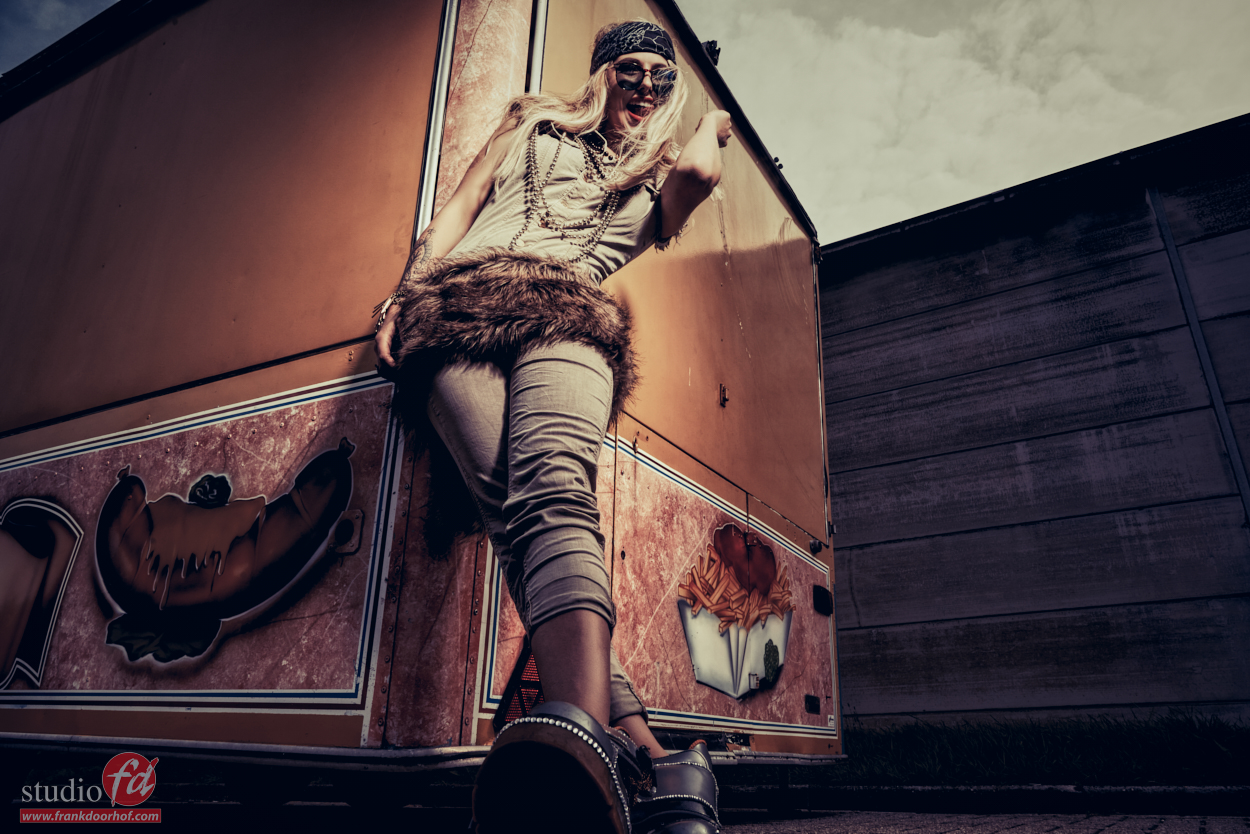
How to set it up
In the past it was pretty easy when you used a lightmeter, but it wasn’t always spot on.
What you did was use a spotmeter and aim for the darkest area you want detail, now add 4 stops to that number and you know how to setup your strobe. When shooting that part will now barely have detail, but you can get it back in Lightroom or Capture One.
Now I said the past…
That’s right, because now a days you can do it much easier in fact.
Use your EVF.
Set the camera for the desired ISO (100) and shutterspeed (I would advise 1/60) now just start dialing in your aperture until you see what you like through the EVF, remember that F stop and set your strobe to match it. Now you will have a properly lit subject and the background will look like you wanted in the EVF.
So why that 1/60?
Well easy. If you decide later on you want the sky darker… just go to 1/125
If you decide it has to be lighter you can still drop down to 1/25 for example depending how steady you are.
It also helps in countries like mine to counteract some of the variation of the available light, we always have a lot of clouds and they will make the ambient jump around a bit.
I hope this helps you guys out?
If you want way more in depth information about using strobes on location check my tutorials on www.frankdoorhof.com/videos
Or subscribe to our YouTube channel on www.youtube.com/frankdoorhof

Like this:
Like Loading...

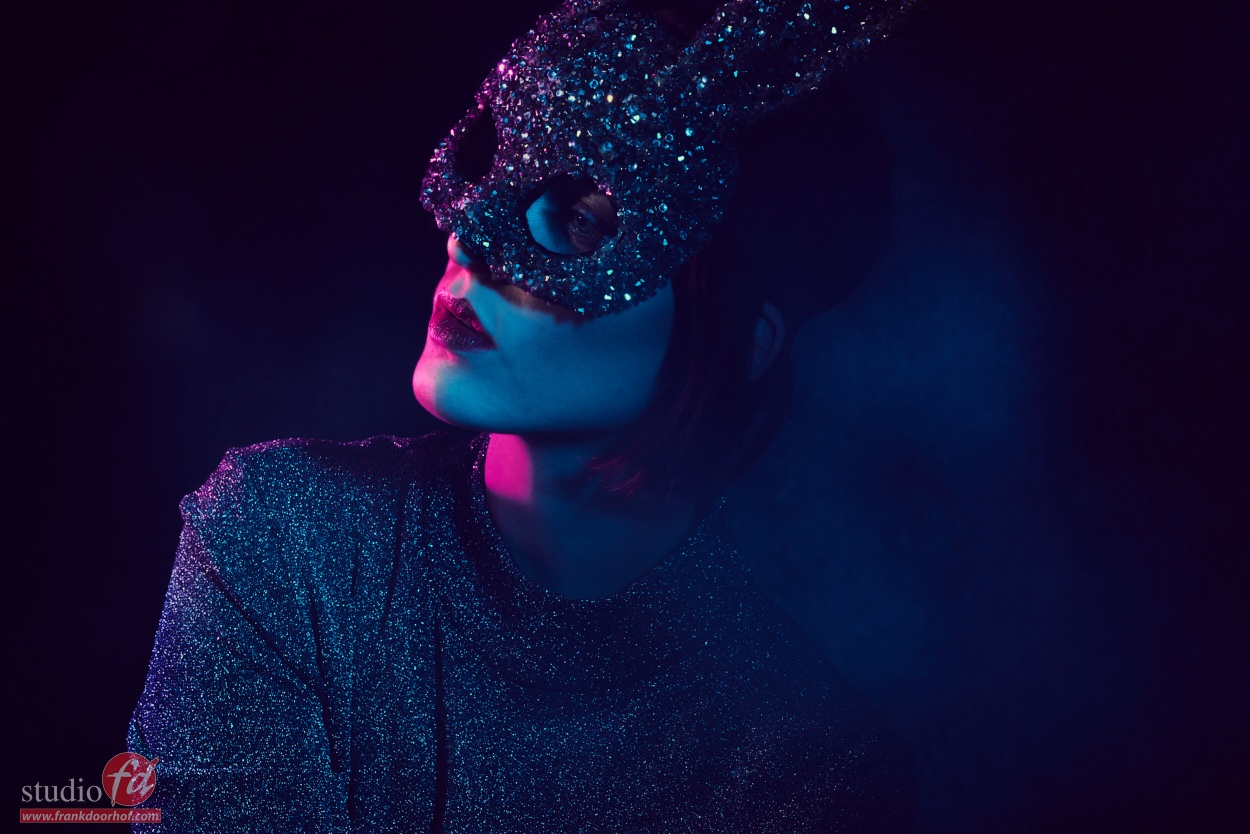
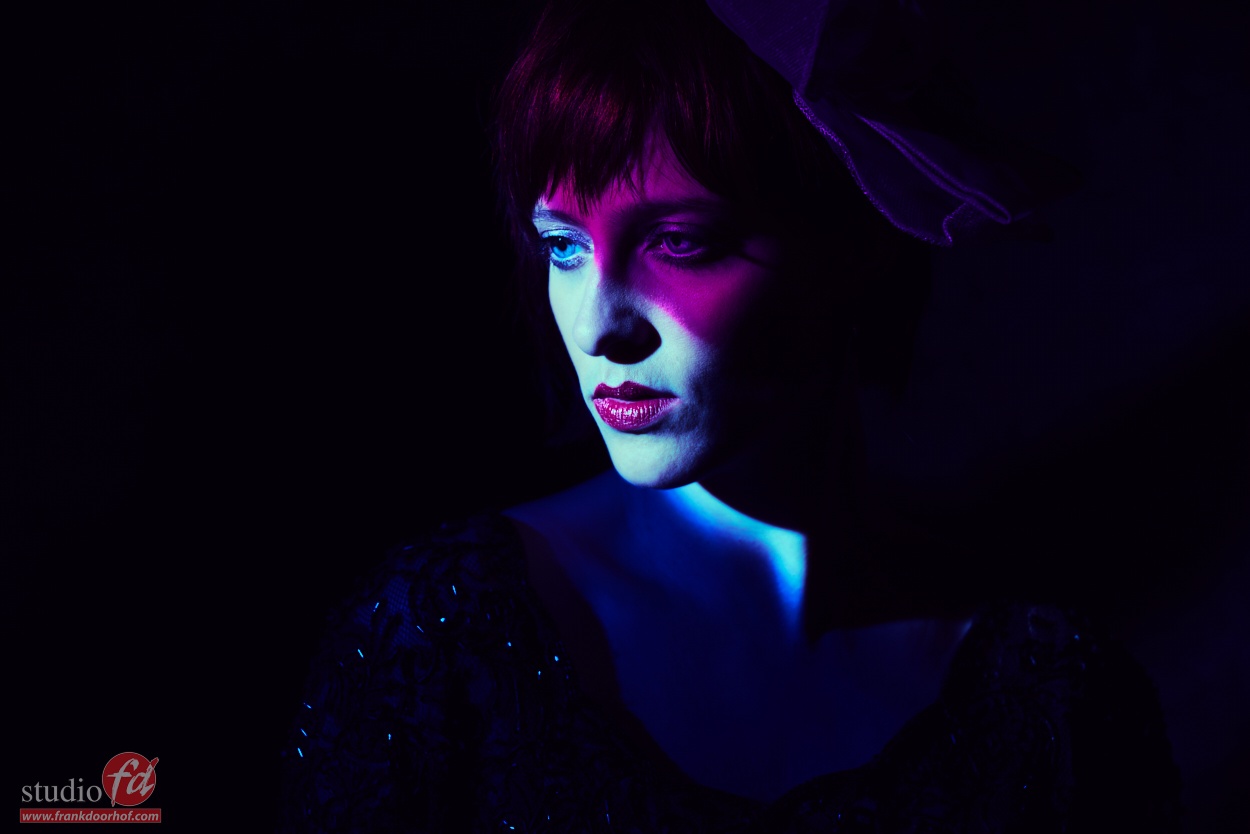
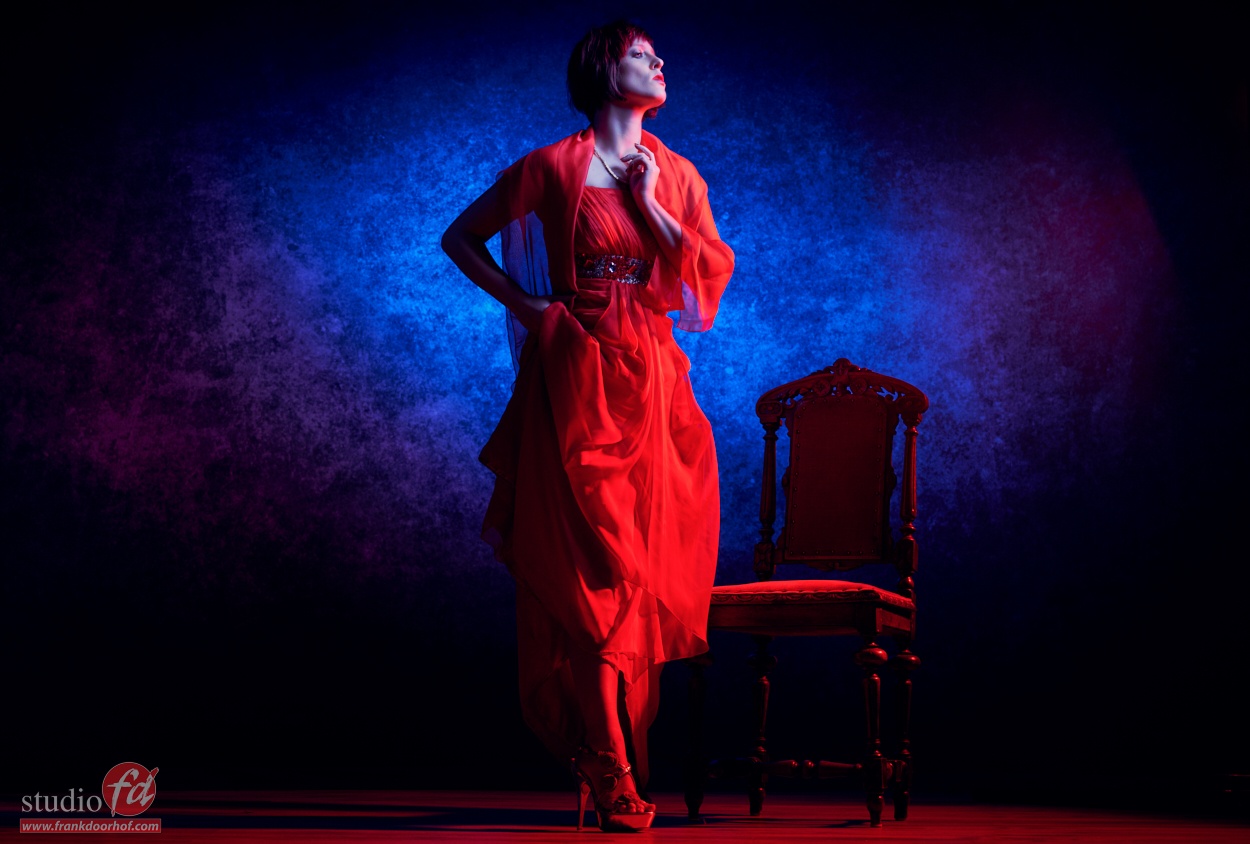
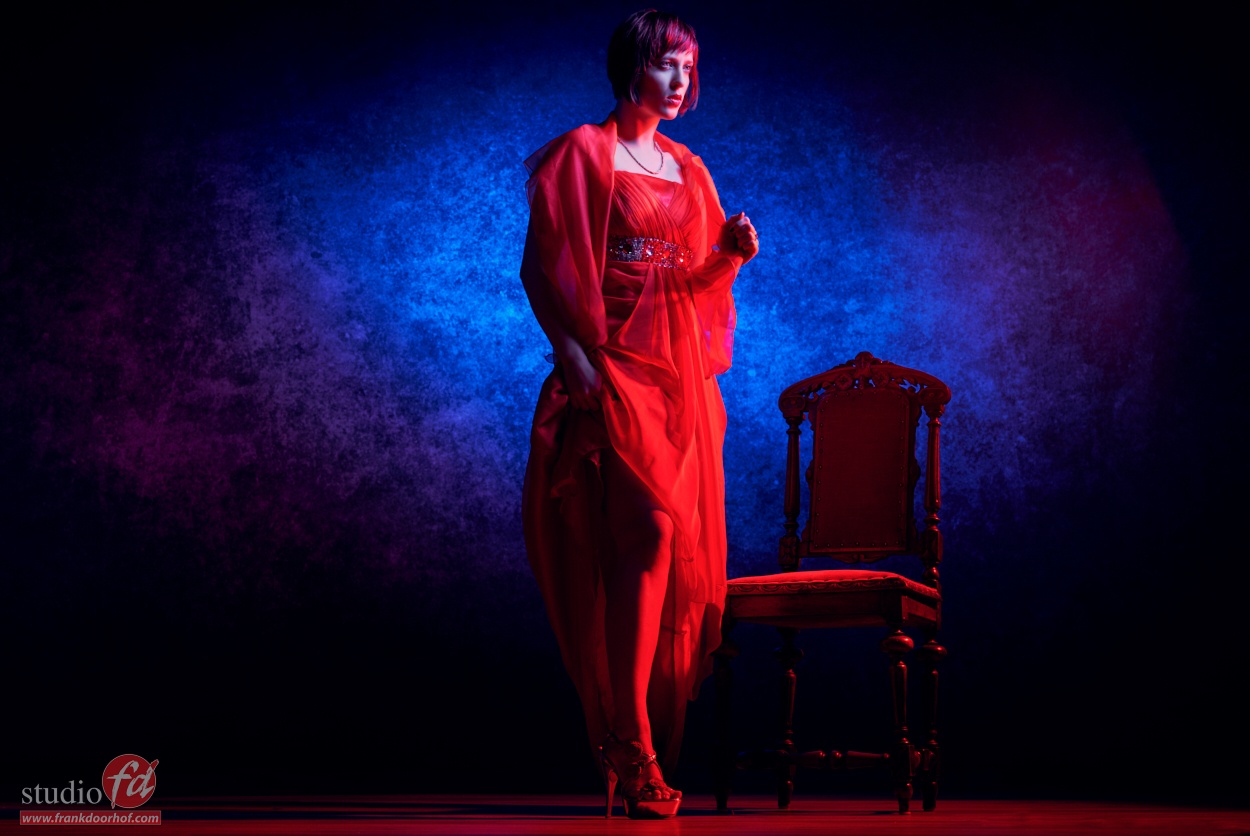
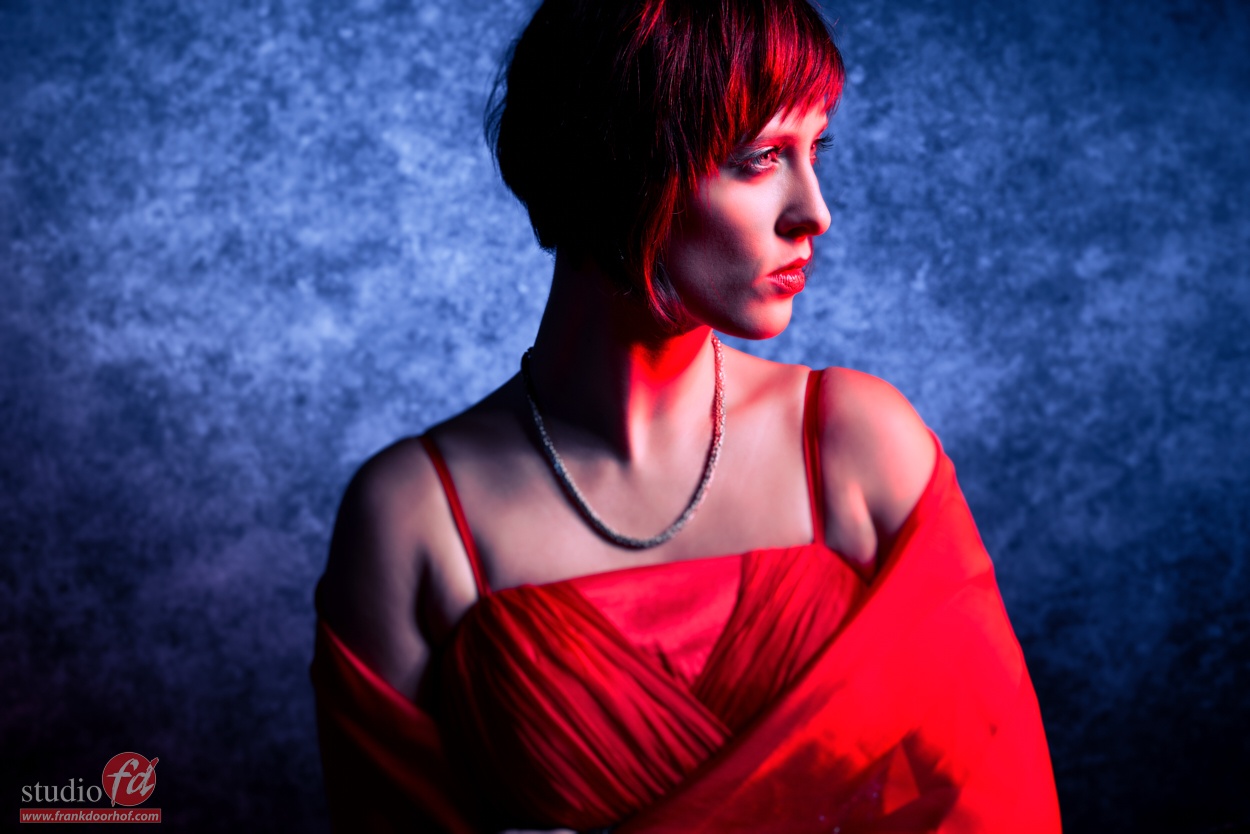
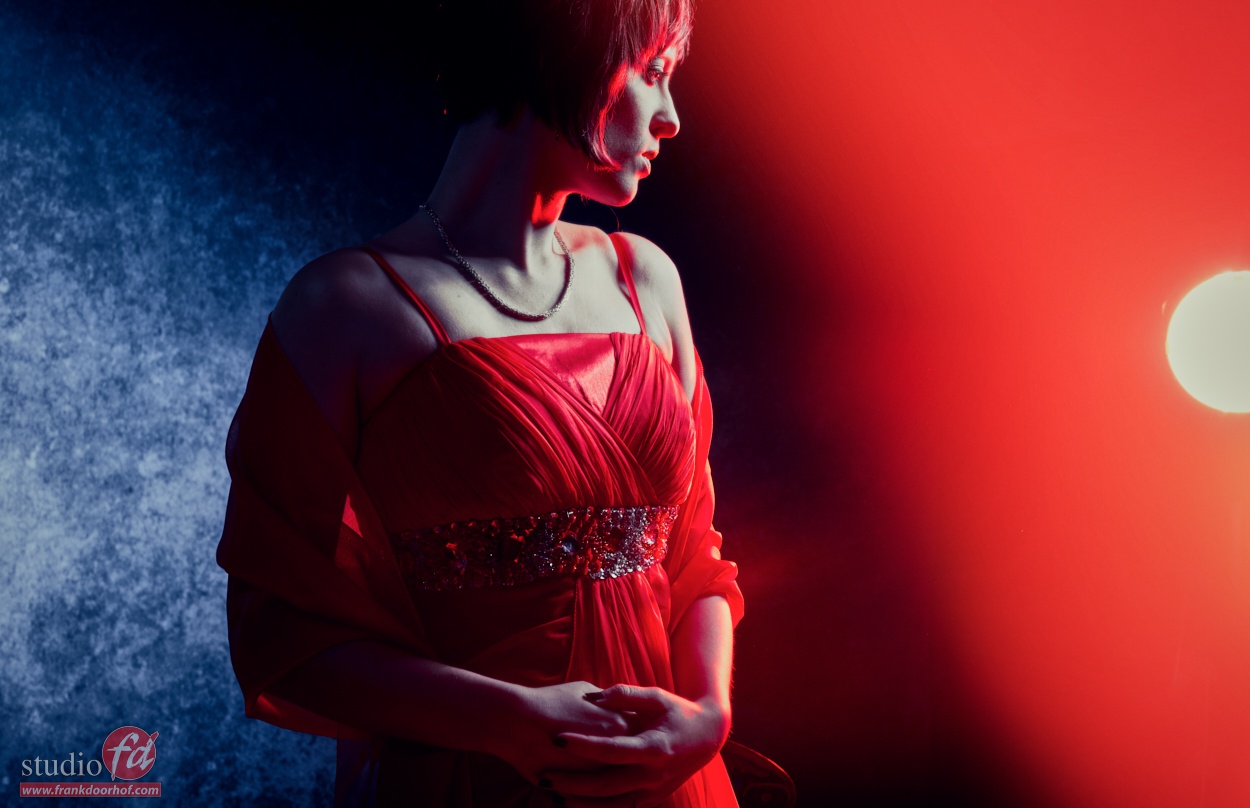
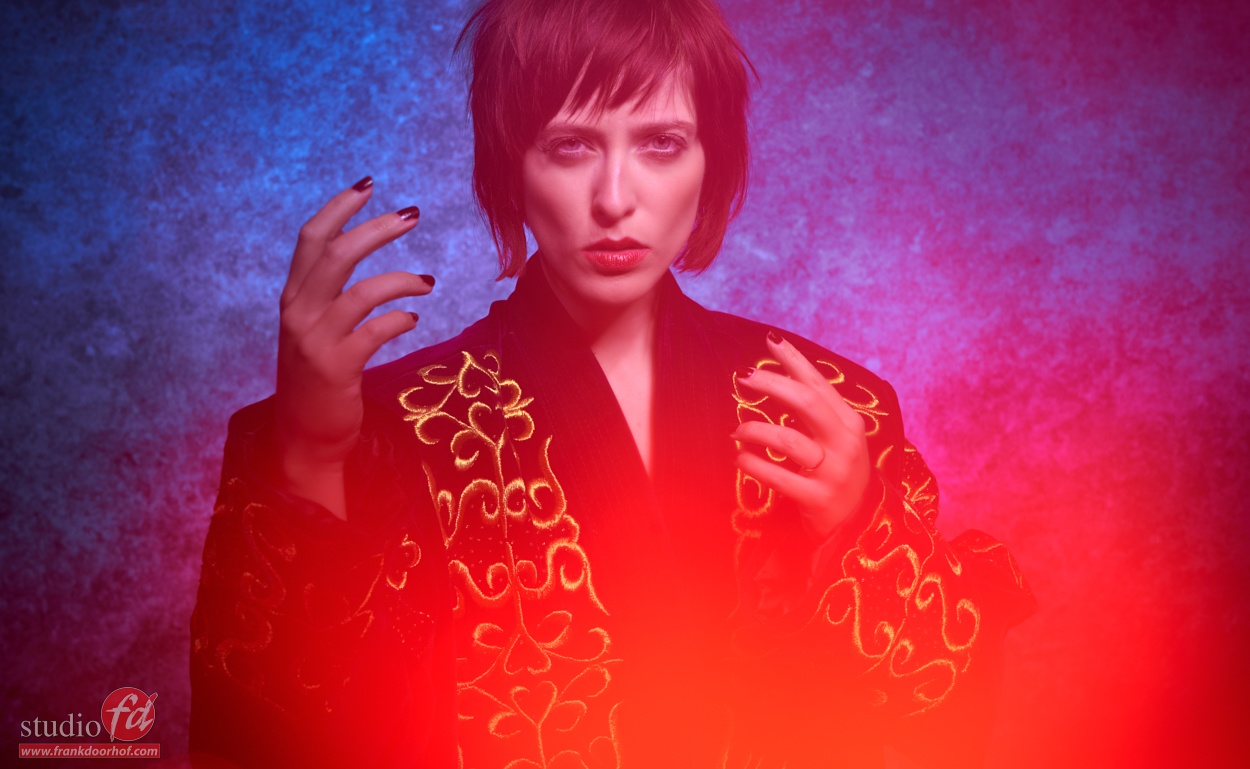
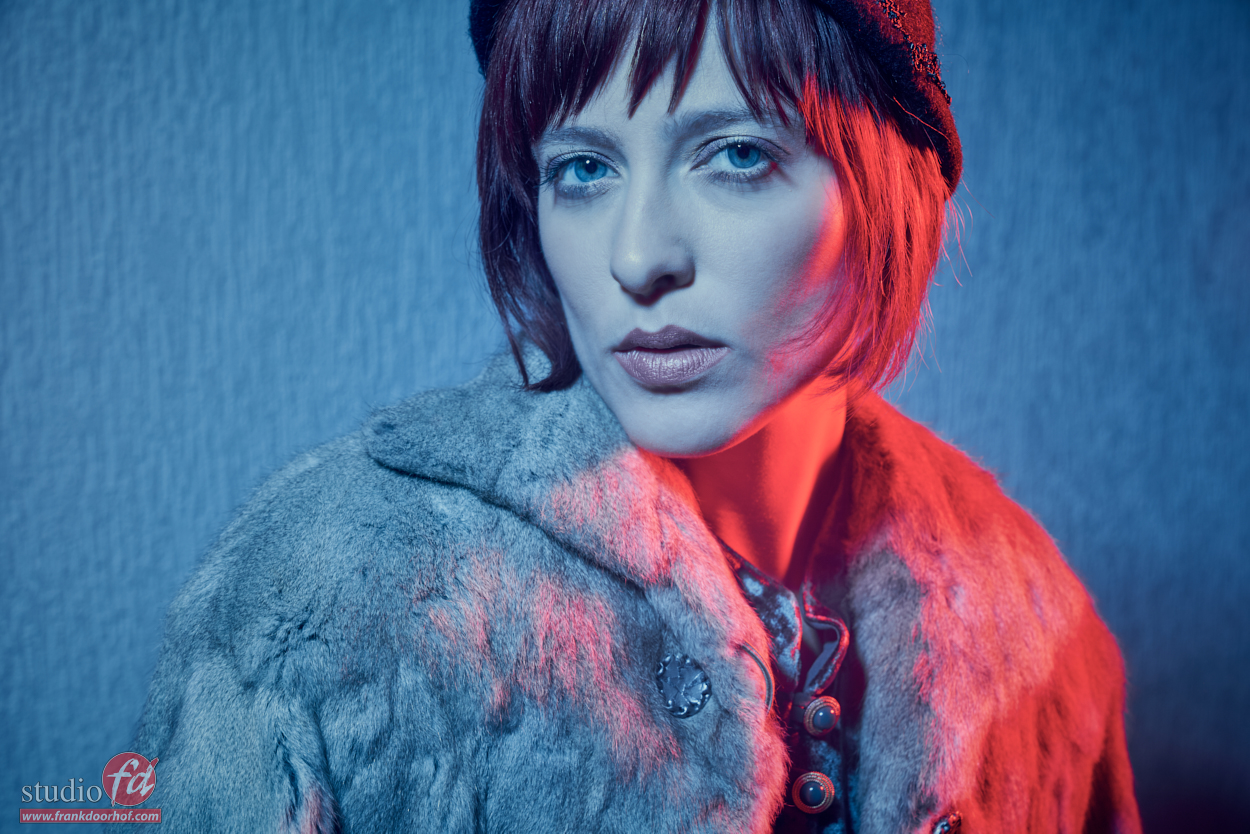
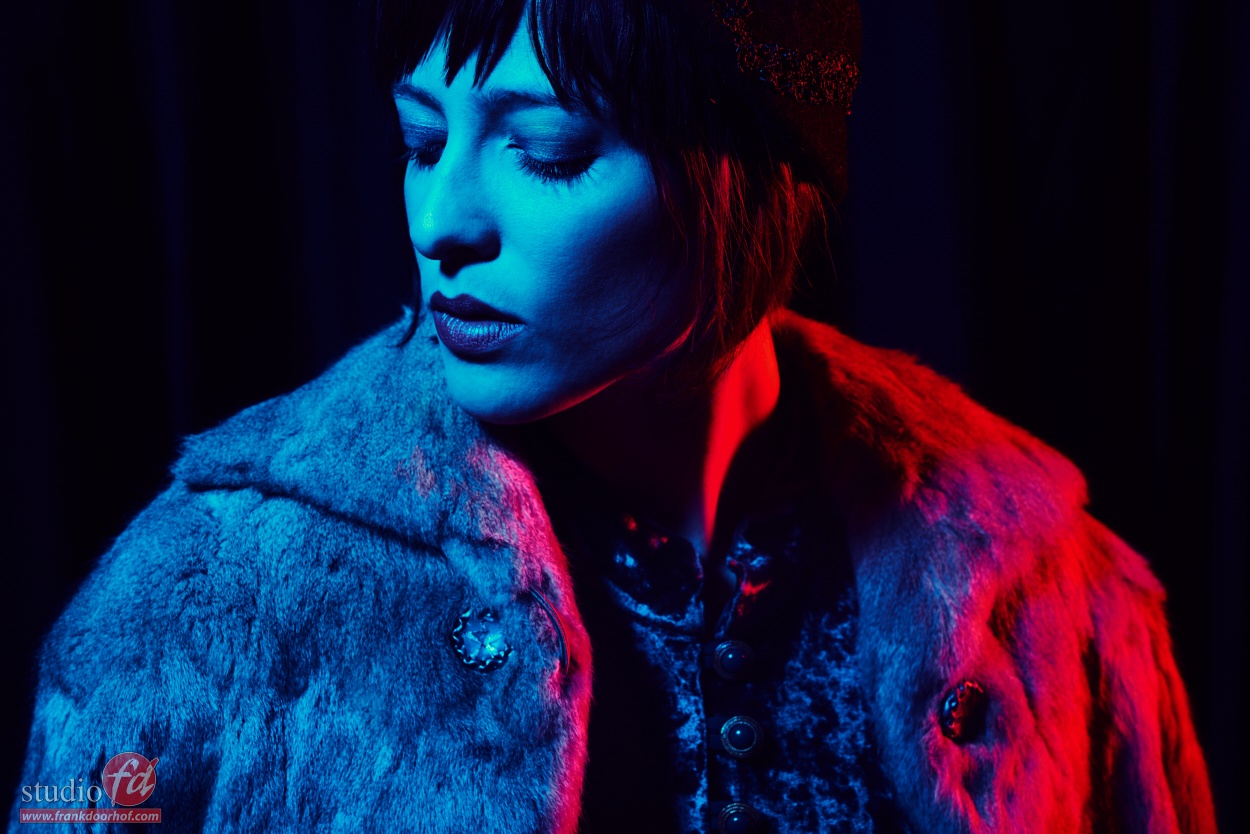



You must be logged in to post a comment.